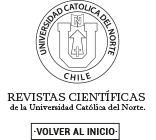La serpiente en el arte rupestre de Nocui, norte semiárido de Chile
Abstract
Damos a conocer el notable desarrollo técnico e iconográfico que alcanzaron los grabados rupestres de Nocui (región de Coquimbo, Chile), confeccionados desde inicios del Alfarero Temprano (ca. 2000 AP) pero mayormente desarrollados por los diaguitas hasta tiempos tardíos (1000-1536 DC). Su análisis establecerá que el referente serpentimorfo expresa significados que se encuadran en el ámbito de lo simbólico y lo sagrado, siendo el principal indicador de la unidad cultural local. Asimismo, proponemos que el lugar de tales grabados fue dotado de gran valor simbólico, llegando incluso a ser sacralizado, por lo que fue parte esencial de los procesos de apropiación del territorio, conformación de identidad, así como de reafirmación y promoción del imaginario sagrado.
Palabras clave : arte rupestre; Nocui; diaguitas; cosmovisión.
Abstract
Rock art research recently conducted at the pastures of Nocui (region of Coquimbo, Chile) reveals the remarkable technical and iconographic development archieved in engravings during early ceramics period (ca. 2000 BP) and until the blossoming of Diaguita Culture (1000-1536 AD). This suggest that rupestrian expressions played a primary rol in the process of appropriation of the local territory, as carried out through a seasonal hunting and grazing economic strategies. We propose that the high symbolic value attributed in this way to specific locations became sacralized through time, making certaim places essential to the construction of local identity and the promotion of its cosmovision.
Palabras clave : rock art; Nocui; Diaguita Culture; cosmovision.
Downloads
Downloads
Published
Issue
Section
License

All works published in Revista Estudios Atacameños (ISSN on line:0718-1043) Revista Estudios Atacameños Creative Commons International 4.0 attribution (CC BY 4.0) licence.
Authors remain the owners of their work and may republish their articles elsewhere without having to request permission, as long as they indicate that the work was originally published in Revista Estudios Atacameños (ISSN on liine:0718-1043).












